Universe
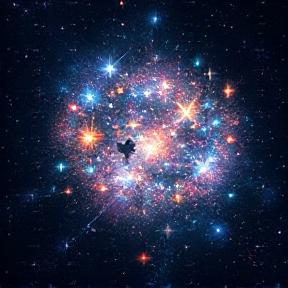
Massive Stars Make Their Mark in Hubble Image
Massive Stars Make Their Mark in Hubble Image The Hubble Space Telescope has captured an image of Markarian 178 (Mrk 178), a blue dwarf galaxy located 13 million light-years away, featuring a unique blend of young stars and rare massive Wolf-Rayet stars. Mrk 178 is one of over 1,500 Markarian galaxies, named after Armenian astrophysicist […]
🔬 Science
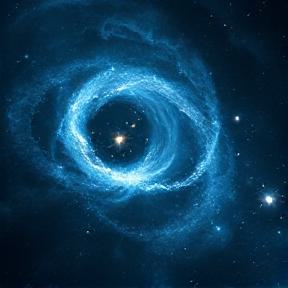
When darkness shines: How dark stars could illuminate the early universe
When darkness shines: How dark stars could illuminate the early universe Scientists using NASA’s James Webb Space Telescope have discovered three potential dark star candidates, which could alter our understanding of how ordinary stars form. Dark stars are not exactly stars and are thought to be powered by a mysterious substance called dark matter, which […]
🔬 Science
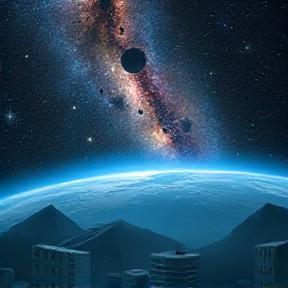
How will the universe end?
How will the universe end? The universe will likely continue to exist for billions of years, but its future is uncertain and subject to change. In a few billion years, the Milky Way and Andromeda galaxies might collide, resulting in a spectacular view for future observers. Star formation will eventually shut down, leading to galaxies […]
🔬 Science
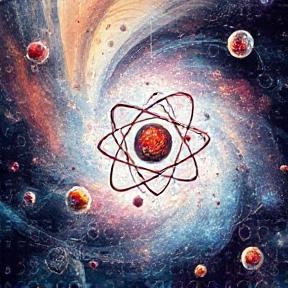
Why does matter exist? New clues may help explain
Why does matter exist? New clues may help explain New research suggests that neutrino oscillation behavior may have led to an increase in the matter-to-antimatter ratio, potentially explaining why matter persists in the universe. The Fermilab NOvA scientific collaboration and the T2K project in Japan found that neutrinos can oscillate between different flavor states, which […]
🔬 Science

Why can’t we feel the Earth moving?
Why can’t we feel the Earth moving? The Earth’s motion is not felt because it moves at incredibly high speeds (about 1,000 miles per hour on its axis and 67,000 miles per hour in orbit around the Sun) without any jerks or bumps. Our bodies don’t feel the Earth’s movement because we’re all moving together […]
🔬 Science
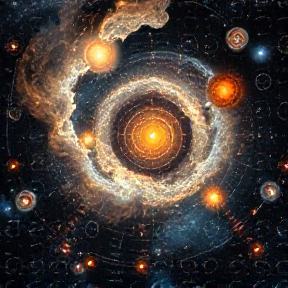
The first stars may not have been as uniformly massive as astronomers thought
The first stars may not have been as uniformly massive as astronomers thought The first stars in the universe may not have been as uniformly massive as previously thought, with new studies suggesting that lower-mass stars also formed early on. Astrophysical computer simulations and laboratory experiments suggest that molecular hydrogen, a molecule essential for star […]
🔬 Science
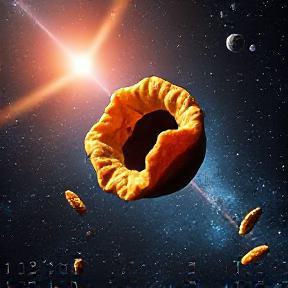
Rare Type of Black Hole Snacks on Star
Rare Type of Black Hole Snacks on Star NASA’s Hubble Space Telescope and Chandra X-ray Observatory have identified a new possible example of an intermediate-mass black hole (IMBH) called NGC 6099 HLX-1. The IMBH, which weighs between 100-100,000 times the mass of our Sun, is thought to reside in a compact star cluster within a […]
🔬 Science
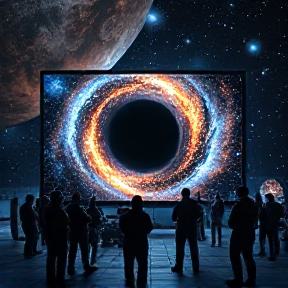
Team identifies the universe’s earliest confirmed black hole
Team identifies the universe’s earliest confirmed black hole A team of astronomers has identified the most distant black hole ever confirmed, located 500 million years after the Big Bang, at a distance of 13.3 billion years into the past. The discovery was made using data from the James Webb Space Telescope’s CAPERS program and provides […]
🔬 Science
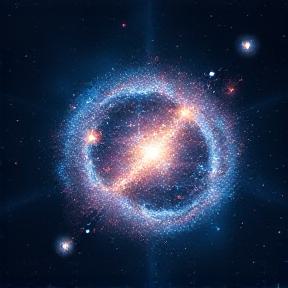
Hubble Snaps Galaxy Cluster’s Portrait
Hubble Snaps Galaxy Cluster’s Portrait Hubble Space Telescope has captured an image of galaxy cluster Abell 209, located 2.8 billion light-years away, showcasing over 100 galaxies and hot, diffuse gas. The image provides a unique opportunity to study dark matter, a form of matter that does not interact with light, by observing its gravitational influence […]
🔬 Science
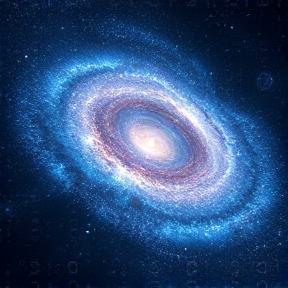
Sparkling Andromeda
Sparkling Andromeda The Andromeda galaxy (M31) was released as an image on June 25, 2025, to honor Dr. Vera Rubin’s groundbreaking legacy. M31 is the closest spiral galaxy to the Milky Way, located approximately 2.5 million light-years away. Astronomers use Andromeda to study the structure and evolution of our own spiral galaxy due to its […]
🔬 Science
